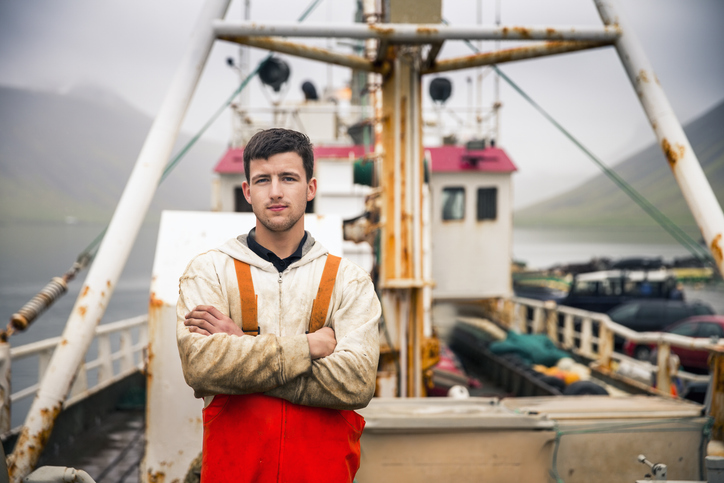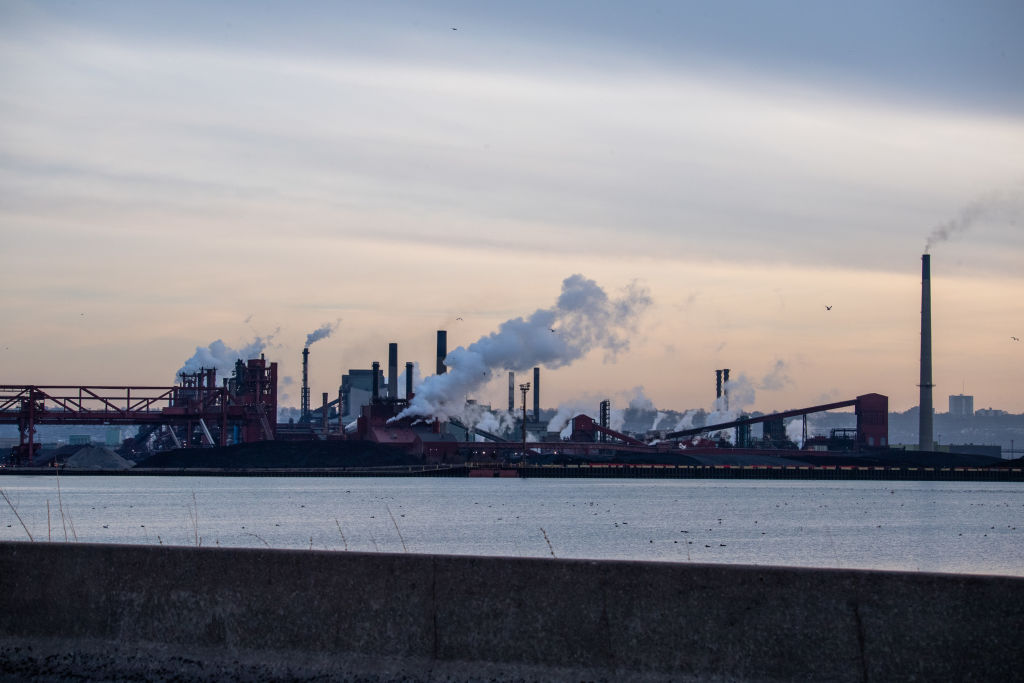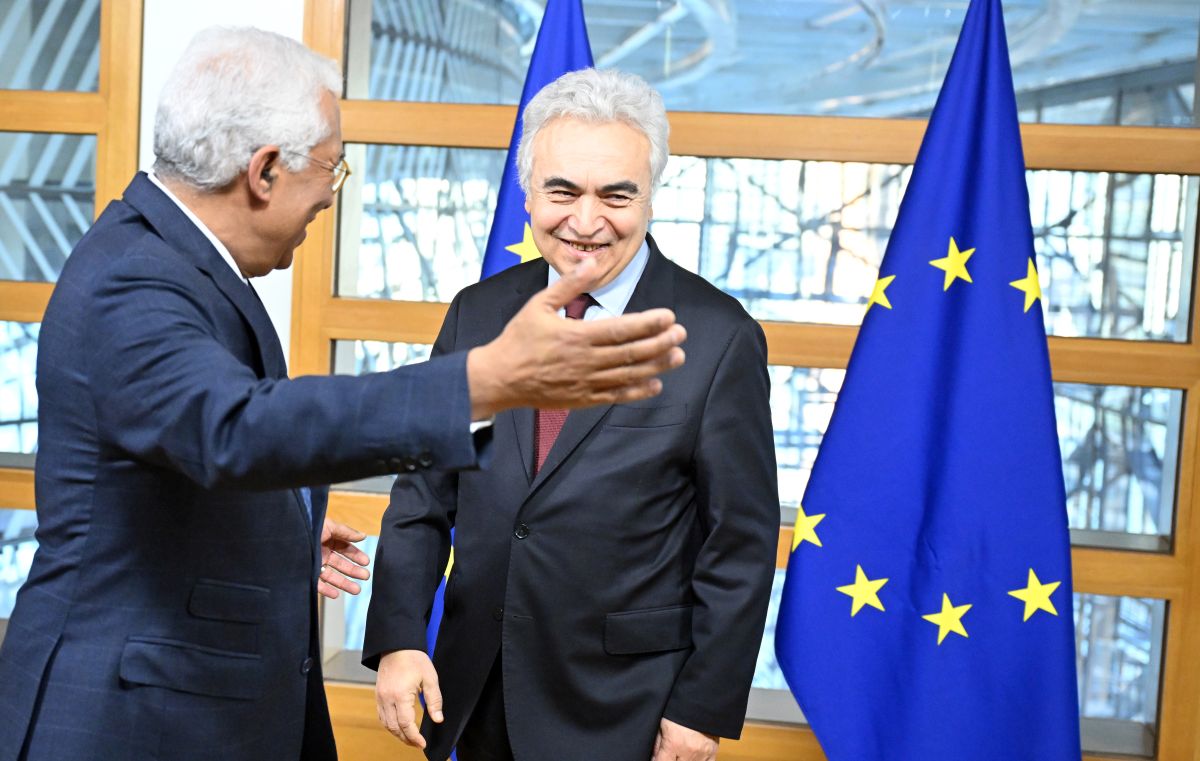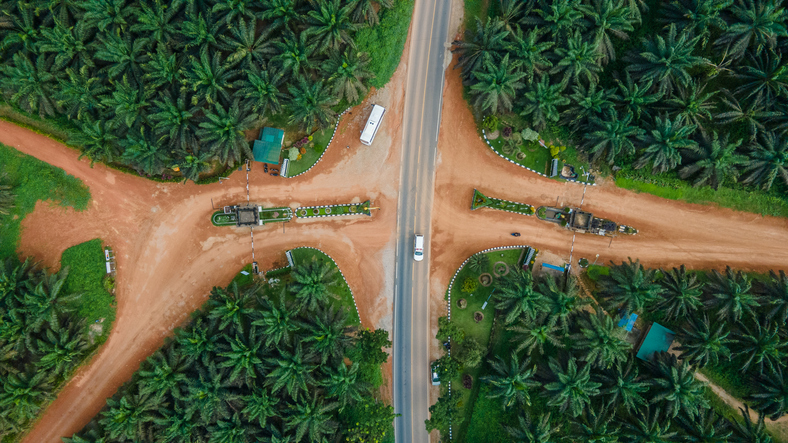Europe scales up blue education to boost ocean literacy
Europe’s blue education is making waves, turning classrooms into gateways to ocean literacy

The European Union is charting a fresh course for ocean literacy – one that sees education not as a side current, but as the tide that can turn awareness into action. By weaving the ocean into the fabric of learning, the EU aims to build a generation that understands, protects and thrives alongside the sea.
Through initiatives such as the EU4Ocean Coalition, blue education is emerging as a key pillar in Europe’s environmental and social agenda – linking knowledge with inclusion, accessibility, and civic engagement. As noted during EU Ocean Days 2025, “We should push for ocean literacy, to move the coasts inland, with a European feeling.”
In the global context, with Brazil’s move to adopt an official Blue Curriculum, it’s clear: ocean literacy isn’t optional, it is becoming institutional.
Embedding the blue in education
The EU’s approach goes beyond adding a few marine lessons to the curriculum. It’s about creating living classrooms – where students, teachers, and communities work together on projects aligned with the EU Mission: Restore our Ocean and Waters by 2030.
In Den Helder (Netherlands), a recognised EU4Ocean partner city, schools collaborate with the European Blue Schools Network. Pupils explore marine ecosystems, teachers receive training, and the entire community becomes part of a growing European movement for ocean literacy.
In Portugal, the national Escola Azul – hailed by the European Commission as a model example – has connected hundreds of schools with research centres and NGOs. From classroom experiments to coastal clean-ups, students are discovering that sustainability begins with understanding the sea.
As researchers Raquel Costa and Cláudia Faria state, these schools “incorporate ocean-related projects… promoting civic, active, conscious and responsible participation”.
Meanwhile, Christian Esteva, coordinator of Som Escoles Blaves, explains, “To successfully engage schools and encourage them to become Blue Schools, a bottom-up approach is essential. It is about empowering teachers, students and local communities to take ownership of the process.”
Together, these examples demonstrate how local innovation can generate a continental wave, transforming scattered initiatives into a coherent European framework that empowers schools, municipalities, and research institutions to teach the blue across generations.
However, scaling remains a challenge. Many initiatives still “struggle to engage children from socially vulnerable backgrounds” and need to become more systemic.
Costa and Faria argue that successful cases are those that “foster understanding of the ocean’s importance among students, teachers and local communities” through holistic and interdisciplinary methods.
Reaching every learner
The Commission’s Guide to Inclusive Communication underpins efforts to make blue education accessible to all. The strategy encourages EU institutions and partners to communicate in formats and languages that reach diverse audiences, including vulnerable or marginalised groups.
Applied to the ocean agenda, this means extending educational initiatives beyond formal schools to social centres, community hubs and youth organisations.
Through “open-schooling” models – where education takes place through collaboration between schools, local authorities, NGOs and citizens – children from disadvantaged backgrounds are being connected with ocean topics.
Whether inland or coastal, in classrooms or community spaces, every learner can find a way to connect with the ocean’s story.
Creativity at the heart of ocean literacy
Not all learning happens through textbooks. Across Europe, EU4Ocean partners are turning to art, storytelling, and performance to make ocean education inclusive.
Artistic projects involving local communities and vulnerable groups allow participants to explore the relationship between people and the sea through different forms of expression – from visual art and storytelling to performance.
These creative approaches help translate abstract environmental goals into shared, human-centred experiences, giving a voice and vision to ocean awareness.
A coordinated European effort
The growing network of blue education initiatives across Europe reflects a wider shift in governance – from top-down policy to collaborative, citizen-driven ocean action.
The European Ocean Pact, launched in 2025, places education and awareness at the heart of its mission for achieving ocean health, biodiversity protection, and sustainable blue growth.
By aligning educational innovation with inclusion and local participation, the EU is building a bridge between marine policy and everyday life. Strengthening cooperation between schools, municipalities, and civil society will be key to scaling this model across member states.
As implementation continues, the next challenge is to consolidate these efforts into a coherent framework that supports teachers, empowers learners, and ensures that every European – regardless of background or location – can understand and act for the ocean.
Because in the end, ocean literacy isn’t just about learning – it’s about belonging.
(BM)






